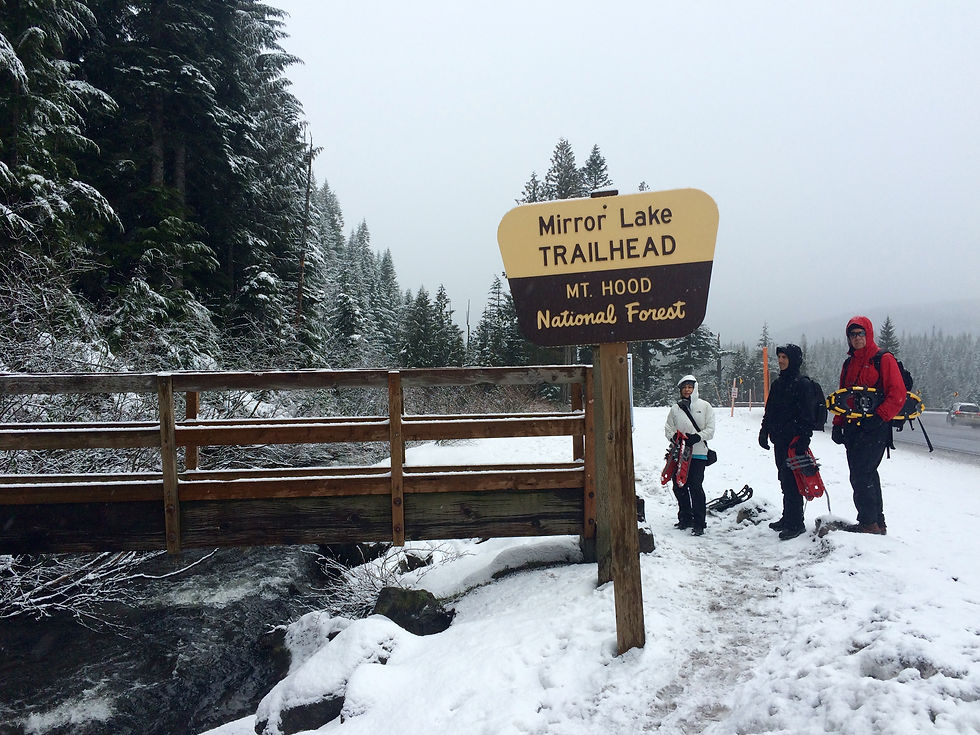Golfers and The Muscles They Use
- Courtney Truax, LMT

- Sep 4, 2024
- 3 min read

Golfing is one of those great sport activities that can be done at any age. It is a great way to get outside, move the body, and stay active. Summer time brings out more golfers to the courses, which also means more frequency of clients that I see who come in for massages. With so many people playing golf as a fun past time, we often forget that it is a physical sport that uses many muscles that can become sore and even injured with over exertion, repetitive use, or poor form and posture.
The golf swing has many components to it, and thus uses a multitude of muscles with each swing of the golf club. Throughout your entire golf swing, your wrist and forearm muscles are fully engaged from holding and guiding the golf club, but the rest of your body is active and firing various muscles as well. Here are the five different phases of a golf swing and some of the major muscles that are activated during each phase for a right-handed golfer:
• Back swing – Mainly your mid to upper back muscles, such as the Trapezius (Traps), Subscapularis, Serratus, and Latissimus Dorsi (Lats) are engaged on the right side. Your Hamstrings are also firing on the right side. On your left side, the Erector Spinae (back extensors) and Abdominal Obliques are contracting.
• Forward swing – Your Pectoralis muscles are pulling your swing forward, along with the assistance of the Serratus and Lat muscles on the right. On the left, your Traps and Rhomboids are working. Your right Gluteus Maximus and Hamstrings are engaged, as well as your left Quads muscles.
• Acceleration – Your Pectoralis muscles are both active, as well as the right Abdominal Obliques and Gluteus Medius. On the left, your Hamstrings and Gluteus Maximus are engaged.
• Early Follow Through – Your Pectoralis muscles are still working, along with the rotators cuffs muscles on both sides with the right Subscapularis and the left Infraspinatus being the primary muscles engaged. Your right Gluteus Medius and Abdominal Obliques are still firing while you left Quads and Hamstrings are active.
• Late Follow Through – As your club is decelerating, your right Subscapularis, Serratus, and Lats are the most active muscles that are engaged. On your left, the Pectoralis and Infraspinatus are working. Your right Gluteus Medius and Quads are firing, as well as your left Hamstrings and Quads.

By looking at the various muscles that are used during a round of golf, you can see why it would be easy to find yourself sore or even injured after repetitive swings. Here is a list of the most common complaints that I hear from clients:
• Sore Wrist and Forearms
• Elbow pain
• Shoulder pain
• Back Pain
• Glute and Hip Pain
• Tight Hamstrings
• Sore Quads
As with any sport or physical activity, it is always important to properly warm up your body and the muscles that you will be using before playing to help prevent injuries. It is also a good idea to do a cool down and do some stretching afterwards. If you have weak muscles in any of the key muscles that are engaged during your round of golf, it would be wise to talk to a personal trainer or physical therapist to create a strength training program to strengthen those muscles, as well as enhance your game. Massages are always a great way to bring balance back to your body after activities, too, and will help keep you swinging.





Comments